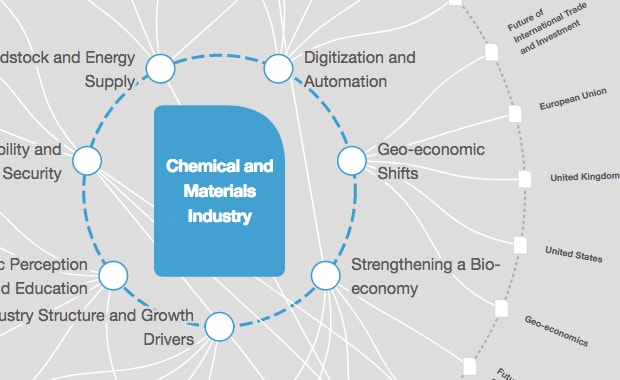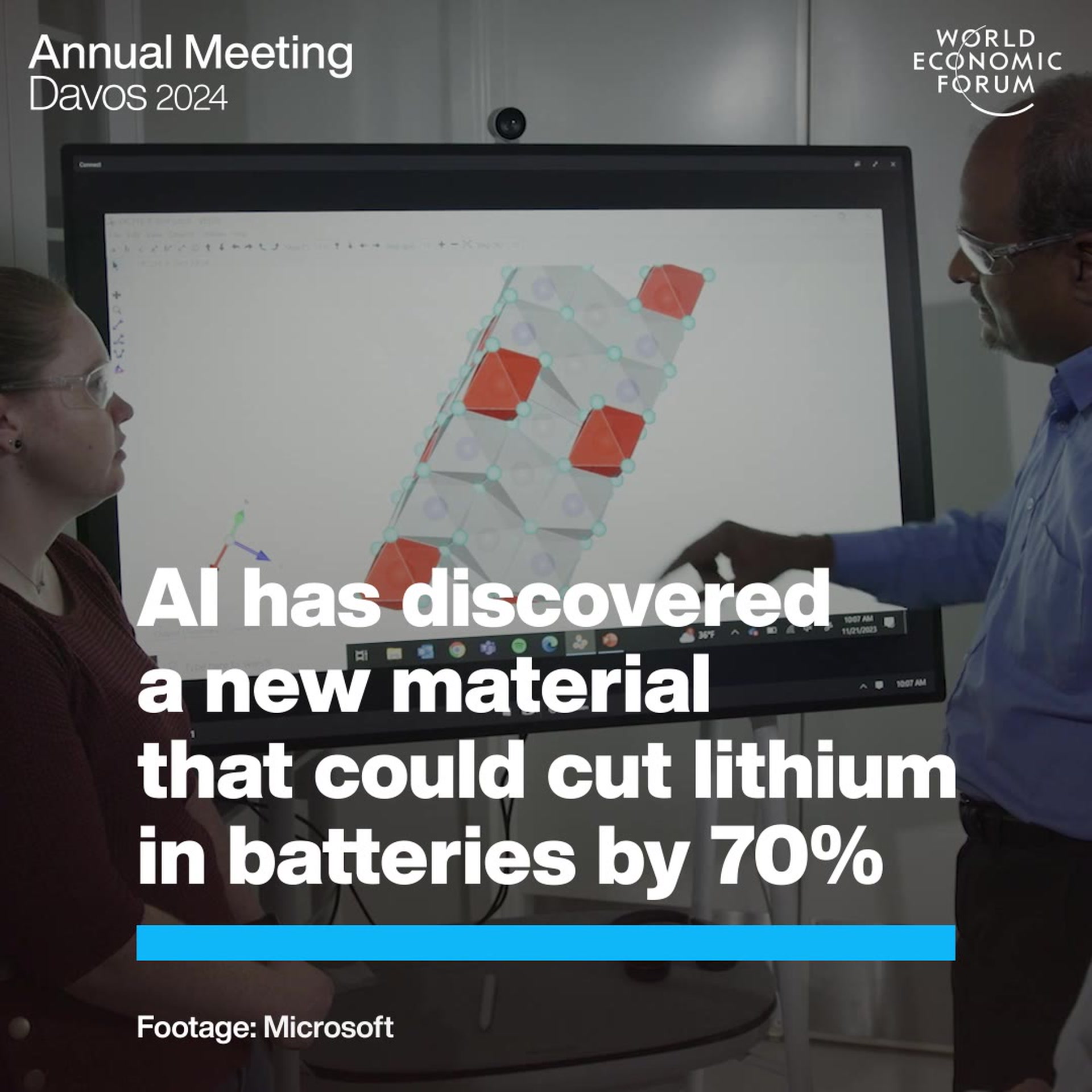10 ways to decarbonize heavy industry

Heavy industries like chemicals, steel and cement are finding it harder to reach net zero. Image: Unsplash/Ehud Neuhaus

Get involved with our crowdsourced digital platform to deliver impact at scale
Stay up to date:
Chemical and Advanced Materials
Listen to the article
- In a new report, the International Energy Agency sets out 10 recommendations to decarbonize heavy industry.
- Chemicals, steel, cement and other heavy industries produce everyday things we rely on, like vehicles, buildings and surgical supplies.
- But achieving net zero is hard for heavy industry, because its processes often use so much energy and heat.
- The IEA says G7 economies could lead the way in decarbonizing heavy industry for the rest of the world to follow.
Heavy industry in the world’s most advanced economies can become carbon neutral – if governments implement the right policies in the next five years.
This is the conclusion of the International Energy Agency (IEA) in its report Achieving Net Zero Heavy Industry Sectors in G7 Members.
The G7 is a grouping of seven of the world’s richest nations: the United Kingdom, United States, Canada, Japan, Germany, France and Italy, plus the European Union.
These economies can show the rest of the world how to cut emissions from heavy industry, says the IEA.

Chemicals, steel, cement and other heavy industries are critical to everyday things we rely on, like vehicles, buildings and surgical supplies, the IEA explains. But producing these materials involves vast amounts of energy and heat.
This means it’s harder for heavy industry to reach ‘net zero’ – carbon neutrality – with steel and cement producers facing particular challenges.
One global initiative working to decarbonize industrial sectors like aluminium, aviation, concrete, shipping and steel, is the World Economic Forum’s First Movers Coalition.
At the Forum’s Annual Meeting in Davos this year, the Coalition announced it had expanded, with 55 companies and nine countries now committed to purchasing a proportion of the industrial materials and transport they need from suppliers using near-zero or zero-carbon solutions.
Here are the IEA’s recommendations for heavy industry in G7 economies over the next five years.
1. Set a clear direction
Ambitious plans with clear targets should be developed for G7 industry sectors by no later than the mid-2020s, the IEA says. These should be backed by clear policies that promote innovative technologies and the efficient use of materials.
2. Show industry what works
Demonstration projects in different regions would show how industries can operate with near-zero CO2 emissions. G7 governments should be deciding in the next one to two years how to finance these and reduce any risk. At least two or three methods should demonstrate ways to produce both steel and cement with near-zero emissions, the IEA suggests.
3. Finance innovation in heavy industry
Grants, low interest loans and other types of finance could help fund the roll-out of near-zero emission technologies, the IEA says. Funding would help new and existing industrial plants and related areas like transport and storage. G7 members should be developing these finance strategies over the next three years.
4. Boost demand for near-zero technologies
Governments can help boost demand for materials made with near-zero emissions. This might include long-term support for first mover commercial plants in different technologies. Public sector procurement contracts that span a number of years are an example of government support.
5. Work together
This year, G7 governments should “consider forming an international industry decarbonization alliance,” the IEA says. This could include agreeing “concrete commitments” and extending membership beyond the G7. The main aim would be to accelerate industry’s transition to net zero.
6. Cement industry focus
Achieving a “sectoral breakthrough” for the cement industry should be a key focus of this year’s COP27 United Nations Climate Change Summit in Egypt, the IEA suggests. This would build on the success of work last year at the COP26 summit in Glasgow, United Kingdom, to focus international climate dialogues on the steel industry.
7. Agree common industry standards
International standards are already being developed to measure what emissions are produced in the manufacture of different materials. G7 governments should agree a common set of standards and reporting frameworks, the IEA suggests. This would include closing any gaps in coverage.
8. Adjust measurement tools
Carbon emissions from industry differ across plants, sectors and countries. For this reason, thresholds that are used to measure near-zero emissions from industry should be developed and extended as needed. This would take account of “sector-specific nuances,” the IEA says.
9. Recognize existing efforts to cut emissions
These near-zero thresholds should be measured separately from existing work already underway to substantially cut emissions from steel and cement. Some of this existing work will provide stepping stones or temporary solutions to net zero. The IEA suggests recognizing and measuring this existing work as "low emission production,” to keep it distinct from industrial production with near-zero emissions.
10. Agree definitions and extend to other industries
More work is needed to define near-zero emissions, the IEA says. This includes how production – the making of materials – relates to products (finished goods) and projects (a collection of activities) with near-zero emissions. The IEA would also like to see near-zero emissions work applied to other materials, including ammonia, methanol and aluminium.
What is the World Economic Forum doing to help companies reduce carbon emissions?
Don't miss any update on this topic
Create a free account and access your personalized content collection with our latest publications and analyses.
License and Republishing
World Economic Forum articles may be republished in accordance with the Creative Commons Attribution-NonCommercial-NoDerivatives 4.0 International Public License, and in accordance with our Terms of Use.
The views expressed in this article are those of the author alone and not the World Economic Forum.
Related topics:
The Agenda Weekly
A weekly update of the most important issues driving the global agenda
You can unsubscribe at any time using the link in our emails. For more details, review our privacy policy.
More on Chemical and Advanced MaterialsSee all
Kate Whiting and Simon Torkington
February 22, 2024
Adam Rothman, Charlie Tan and Jorgen Sandstrom
January 30, 2024
Jemilah Mahmood, Douglas McCauley and Mauricio Cárdenas
January 15, 2024
Ronald Haddock
January 4, 2024
Lee Jongku and Rafael Cayuela
January 4, 2024






